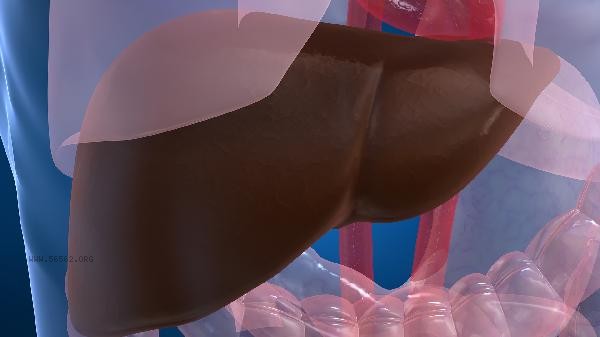The key enzyme that can reduce cholesterol synthesis is HMG CoA reductase. Cholesterol synthesis inhibition is mainly achieved by regulating the activity of HMG CoA reductase, and influencing factors include insulin levels, low-density lipoprotein receptor activity, bile acid feedback regulation, circadian rhythm changes, and drug intervention.

1. HMG CoA reductase: As the rate limiting enzyme for cholesterol synthesis, HMG CoA reductase catalyzes the conversion of HMG CoA to mevalonic acid. The activity of this enzyme is regulated by multiple factors, and its phosphorylation state can be inhibited by AMP activated protein kinase, thereby reducing cholesterol synthesis. The enzyme activity in the liver fluctuates significantly day and night, with peak activity at night.
2. Insulin regulation:
Insulin promotes the dephosphorylation of HMG CoA reductase by activating protein phosphatase, enhancing its activity. On the contrary, glucagon promotes the phosphorylation and inactivation of enzyme proteins by increasing intracellular cAMP levels. Under the condition of insulin resistance in diabetes patients, abnormal increase of this enzyme activity may be observed.
3. LDL receptor pathway:
Low density lipoprotein receptor-mediated endocytosis can reduce intracellular free cholesterol concentration and relieve the transcriptional inhibition of HMG CoA reductase gene by steroid regulatory element binding protein. When receptor activity is enhanced, the expression level of the enzyme is significantly reduced through negative feedback regulation.

4. Bile acid feedback:
Bile acids, as end products of cholesterol metabolism, activate the secretion of FGF15/19 in the small intestine through the farnesol X receptor, and inhibit the transcription of HMG CoA reductase gene after reaching the liver via the portal vein. This feedback mechanism of enterohepatic circulation can reduce cholesterol synthesis by about 30%.
5. Drug targeted inhibition:
Statins competitively bind to the active center of HMG CoA reductase, blocking the pathway of mevalonate production. Commonly used clinical inhibitors include atorvastatin, rosuvastatin, etc., which can reduce liver cholesterol synthesis by 50% -60%. Maintaining a reasonable dietary structure has a significant impact on cholesterol metabolism. It is recommended to increase the intake of water-soluble dietary fiber, such as β - glucan found in foods like oats and apples, which can bind with bile acids to promote excretion. Regular aerobic exercise can increase high-density lipoprotein levels and promote cholesterol reverse transport. Choose steaming instead of frying as the cooking method, and limit the intake of animal organs and trans fatty acids. For individuals with metabolic abnormalities, it is recommended to regularly test the four levels of blood lipids and evaluate the inhibitory effect of HMG CoA reductase in combination with liver function monitoring. Maintaining a regular daily routine helps stabilize the circadian rhythm of cholesterol synthesis and prevent excessive consumption of carbohydrates at night.









Comments (0)
Leave a Comment
No comments yet
Be the first to share your thoughts!